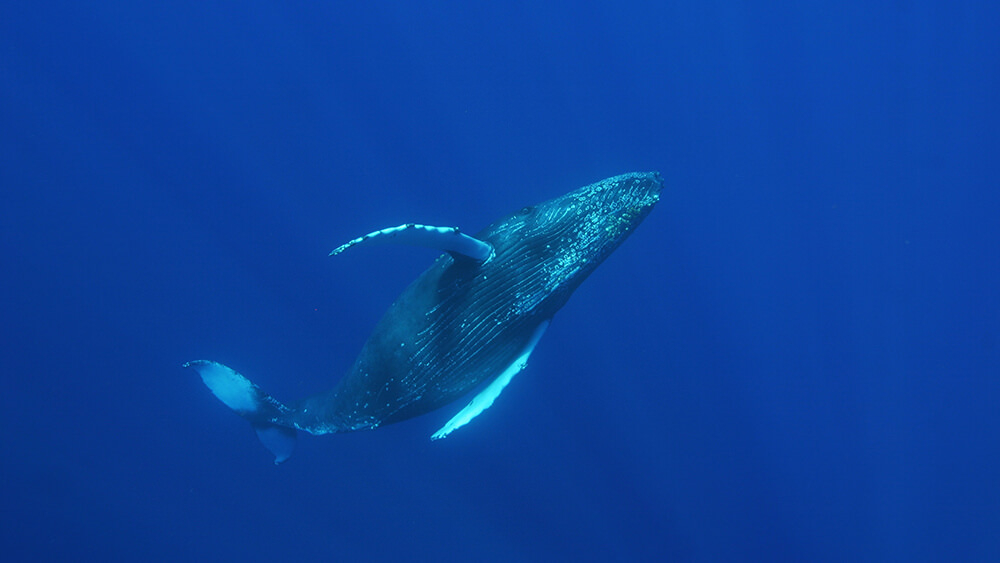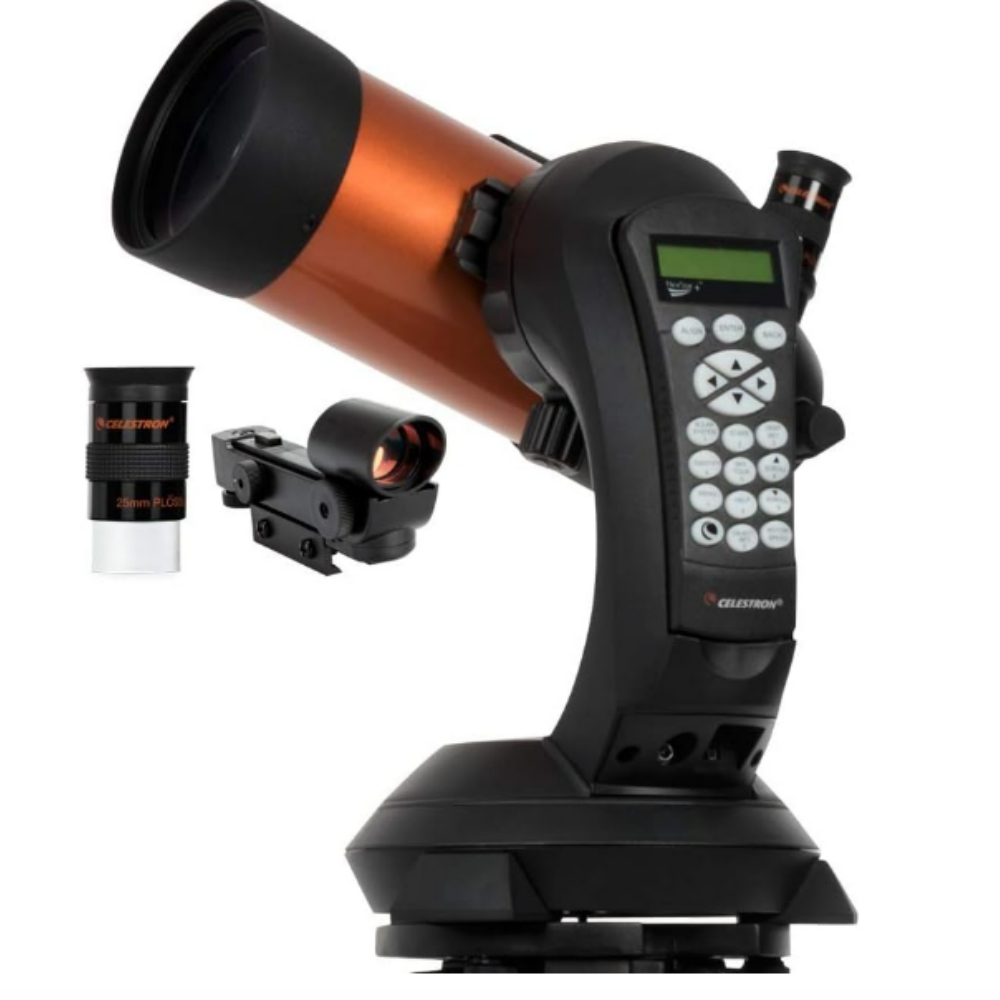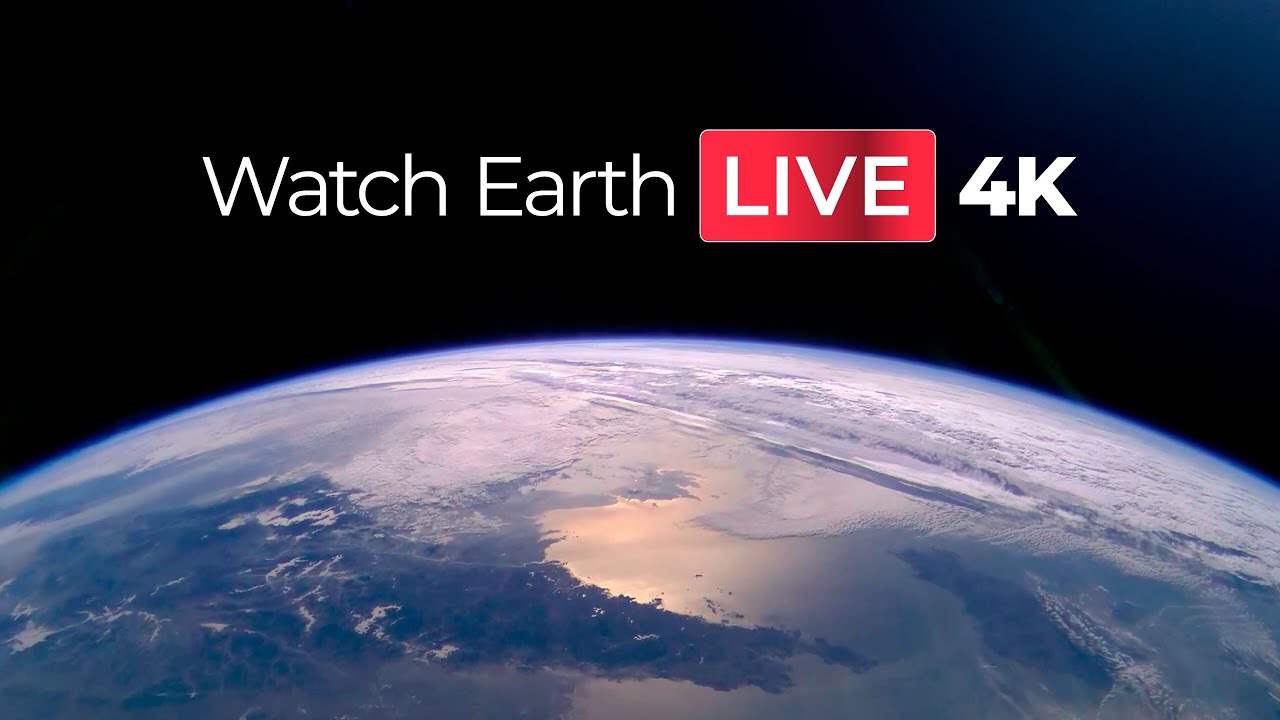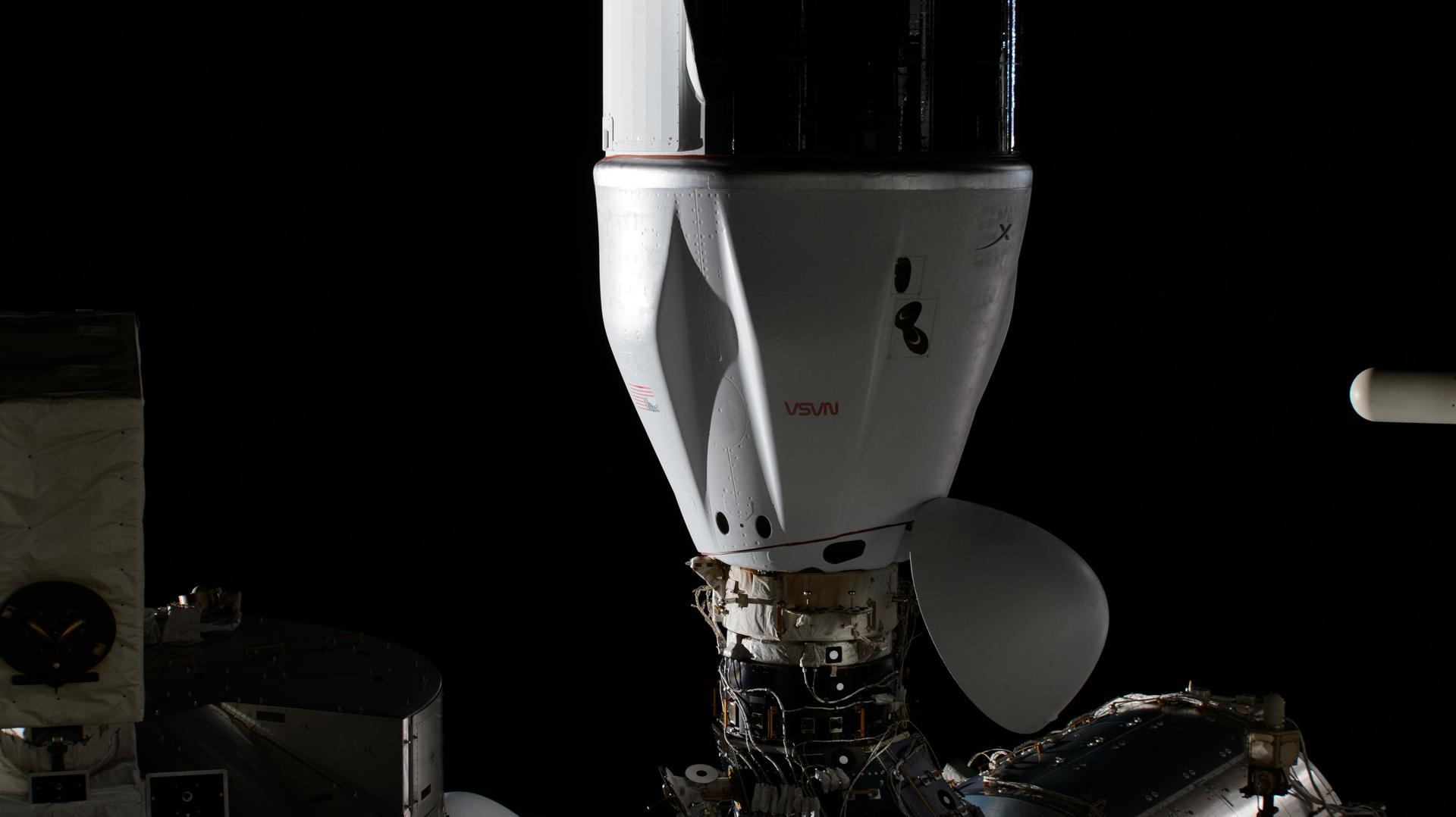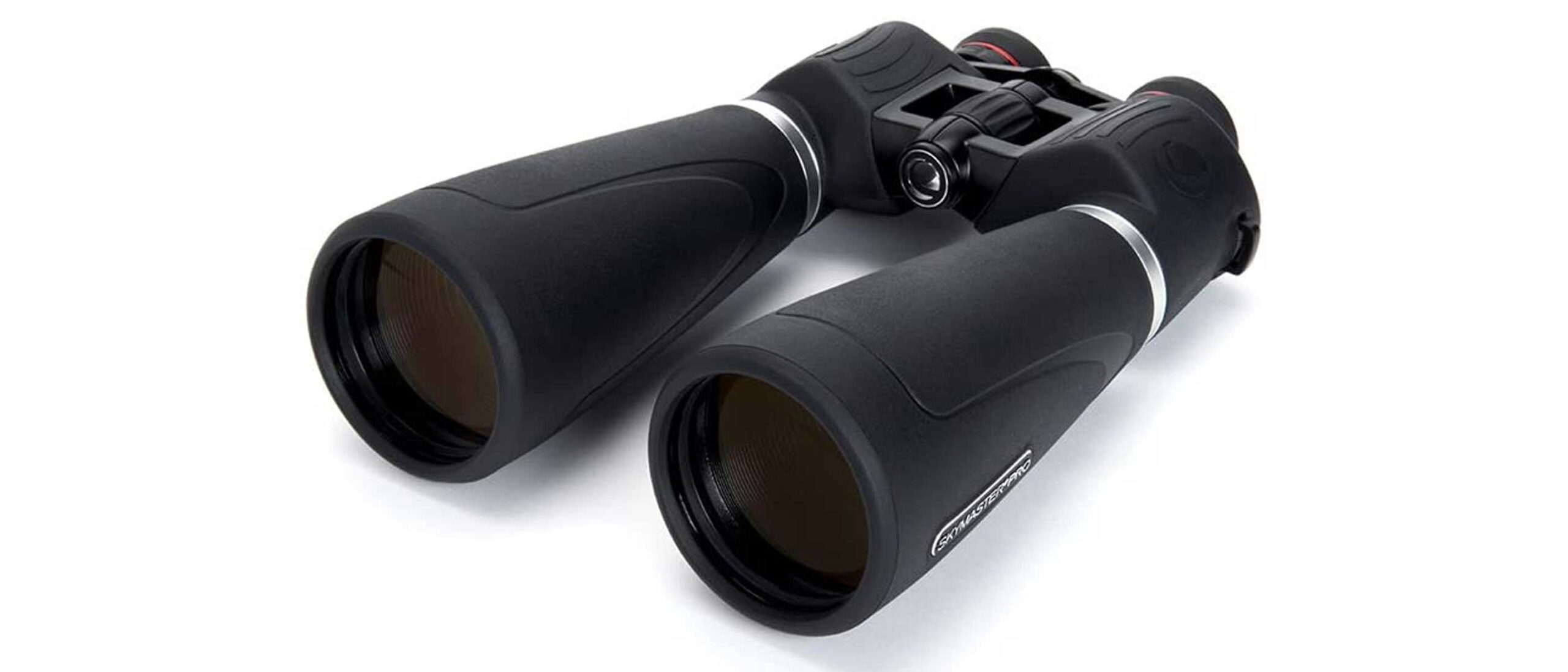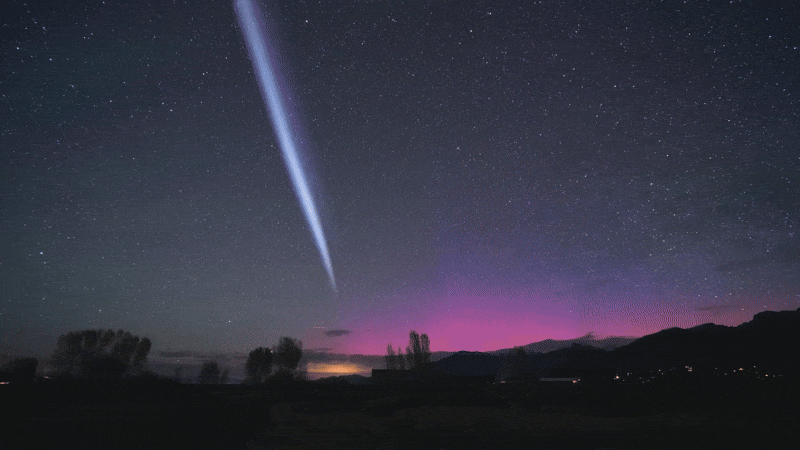There are creatures here on Earth that may give us clues on getting “chat-time” with extraterrestrial intelligence — dolphins, which are famously social and smart. Recently, the Coller Dolittle Challenge awarded the winner of its first $100,000 annual prize to accelerate progress toward interspecies two-way communication. A prize of equal value will be awarded every year until a team deciphers the secret to interspecies communication. This year’s winning team of researchers has discovered that dolphin whistles could function like words — with mutually understood, context-specific meaning. You may like Crack…
Read MoreCategory: Space Stations
Space stations in orbit or planned
The moon and Venus kick off Memorial Day weekend with a lovely conjunction early on May 23
Should your local weather forecast suggest that Friday morning — the start of the Memorial Day Holiday Weekend — will be fair and clear, it will be well worth setting your alarm clock to awaken you about 90 minutes before the sun comes up. If you head outside at that early hour and if you have a clear and unobstructed view toward the east, you will be treated to a lovely pairing of the two brightest objects in the night sky. You’ll immediately notice the crescent moon; appearing slender and…
Read MoreWatch SpaceX’s 32nd Cargo Dragon spacecraft undock from the ISS today
Live 4K video of Earth and space: 24/7 Livestream of Earth by Sen’s 4K video cameras on the ISS – YouTube Watch On A SpaceX cargo Dragon is scheduled to depart the International Space Station (ISS) today (May 22), after about a month docked with the orbital laboratory. NASA will livestream the undocking on its NASA+ streaming platform. You can also watch the action in the window above via Sen’s 4k 24/7 high-definition cameras, which are mounted on the station’s exterior. Dragon is scheduled to undock at 12:05 p.m. EDT…
Read MoreBest smart binoculars 2025: Learn, share and be guided around the night sky
The best smart binoculars are brand new to the market and are unique in that they can identify stars, constellations, galaxies, landscapes and even wildlife in real-time, telling you what you’re seeing. Because the market is so new, there are only two viable options at the moment, with Swarovski’s model focusing on birds and animals and Unistellar’s specializing in landscapes and astronomy. Not only can they identify subjects, but they also store the geo-locations of your observations, so you can refer back to a precise location at any point. This…
Read MoreNASA Sets Coverage for 32nd SpaceX Resupply Mission Departure
The SpaceX Dragon cargo spacecraft, on NASA’s 30th Commercial Resupply Services mission, is pictured docked to the space-facing port on the International Space Station’s Harmony module on March 23, 2024. Credit: NASA NASA and its international partners will soon receive scientific research samples and hardware after a SpaceX Dragon spacecraft departs the International Space Station on Thursday, May 22, for its return to Earth. Live coverage of undocking and departure begins at 11:45 a.m. EDT on NASA+. Learn how to watch NASA content through a variety of platforms, including social…
Read MoreUnearthly Plumbing Required for Plant Watering in Space
4 min read Unearthly Plumbing Required for Plant Watering in Space NASA is demonstrating new microgravity fluids technologies to enable advanced “no-moving-parts” plant-watering methods aboard spacecraft. Boeing Astronauts Sunita Williams and Butch Wilmore during operations of Plant Water Management-6 (PWM-6) aboard the International Space Station. Image: NASA Crop production in microgravity will be important to provide whole food nutrition, dietary variety, and psychological benefits to astronauts exploring deep space. Unfortunately, even the simplest terrestrial plant watering methods face significant challenges when applied aboard spacecraft due to rogue bubbles, ingested gases,…
Read More‘We don’t know how bad it could get’: Are we ready for the worst space weather?
Imagine being told a storm is heading your way, but you won’t know how bad the winds are or whether they’ll knock out power until just minutes before it hits. That’s the challenge scientists face when it comes to predicting solar storms. We’ve come a long way in understanding space weather. We can spot solar storm eruptions, track their speed, and estimate when they’ll arrive at Earth, sometimes with up to a day’s warning. However, one critical piece of information remains frustratingly out of reach until the last moment: the…
Read MoreDid Predator just harpoon a plane out of the sky? Oh, count us in for ‘Predator: Killer of Killers’ after this latest trailer (video)
Predator: Killer of Killers | Official Trailer | Hulu – YouTube Watch On With excitement now swirling around Predator: Badlands and chatter of a new Alien vs. Predator crossover ramping up, many sci-fi fans have let Predator: Killer of Killers fly under their radar, but the animated anthology movie is almost here, and its first full trailer promises more than a few quick thrills. Co-directed by Prey‘s Dan Trachtenberg while he also worked on Badlands, this Hulu and Disney Plus exclusive is being sold as the “next evolution of the…
Read MoreTake a closer look at the moon and galaxies with the SkyMaster 15×70 binoculars from Celestron: Now only $76!
Catch some of the night sky’s beautiful star clusters with these Celestron SkyMaster 15×70 binoculars. Now $43 off at Amazon, they offer a wonderful 15x magnification, perfect for viewing star clusters, galaxies and lunar detail. We featured the Celestron SkyMaster Pro 15×70 binoculars in our best binoculars guide because of their excellent ability to view large, deep-sky objects. You can get these Celestron SkyMaster 15×70 binoculars on sale right now at Amazon for $76. They are part of Celestron’s SkyMaster range, which comes in a range of magnifications but is…
Read MoreMysterious white streak spotted over US skies during surprise aurora storm. What was it? (photos)
The night sky offered lucky skywatchers an unexpected double feature on May 17 — a surprise geomagnetic storm and a mysterious white plume slicing through the auroras. The moderate (G2 class) geomagnetic storm came as quite a surprise, kicking off early Friday (May 16) after Earth caught the glancing blow of a coronal mass ejection (CME). The CME was launched during a colossal filament eruption on May 12 from the sun’s northern hemisphere. Initially expected to miss Earth, the “bird-wing” ejecta was wider than predicted, with some of the material…
Read More